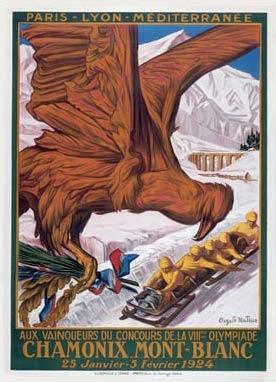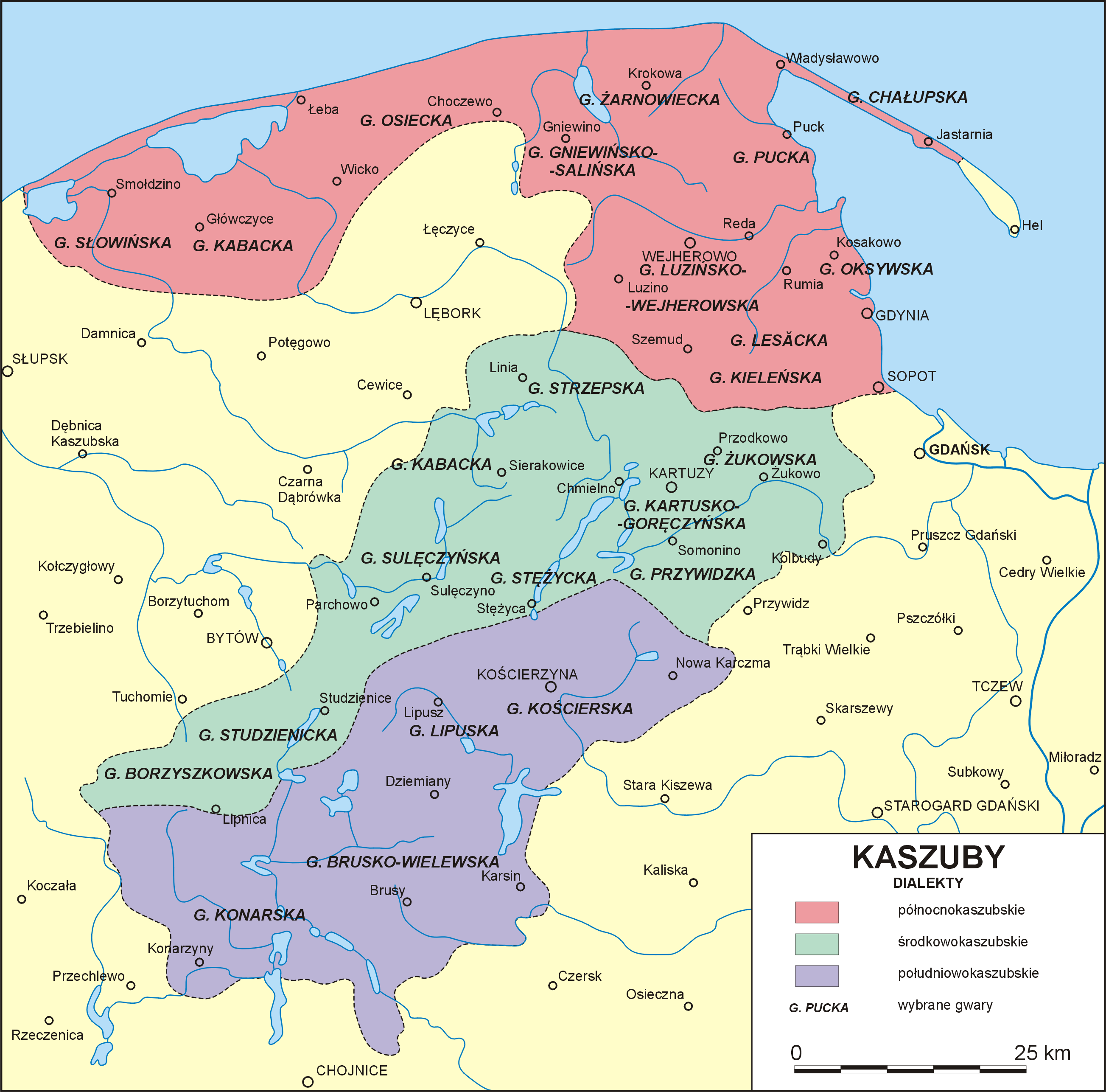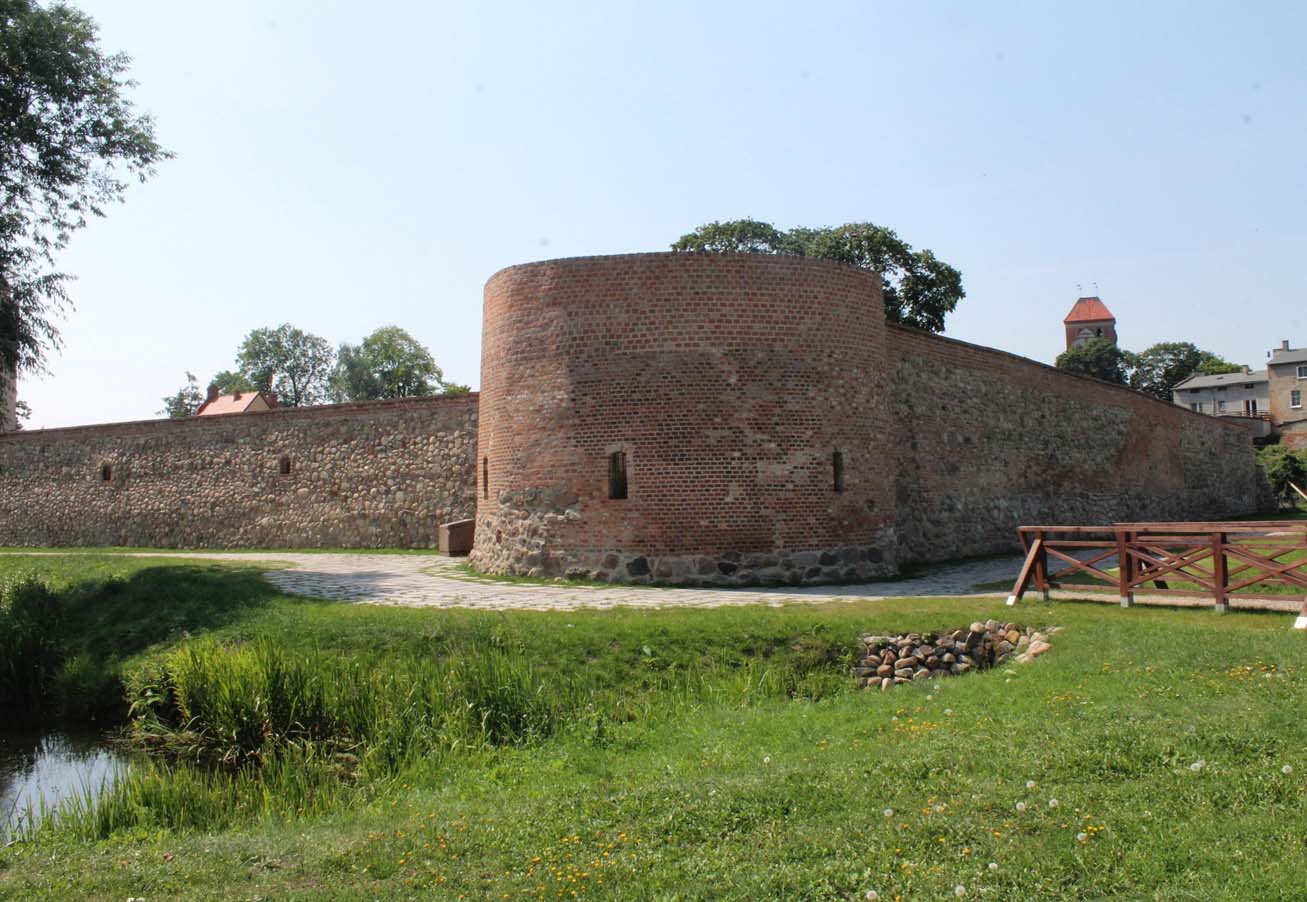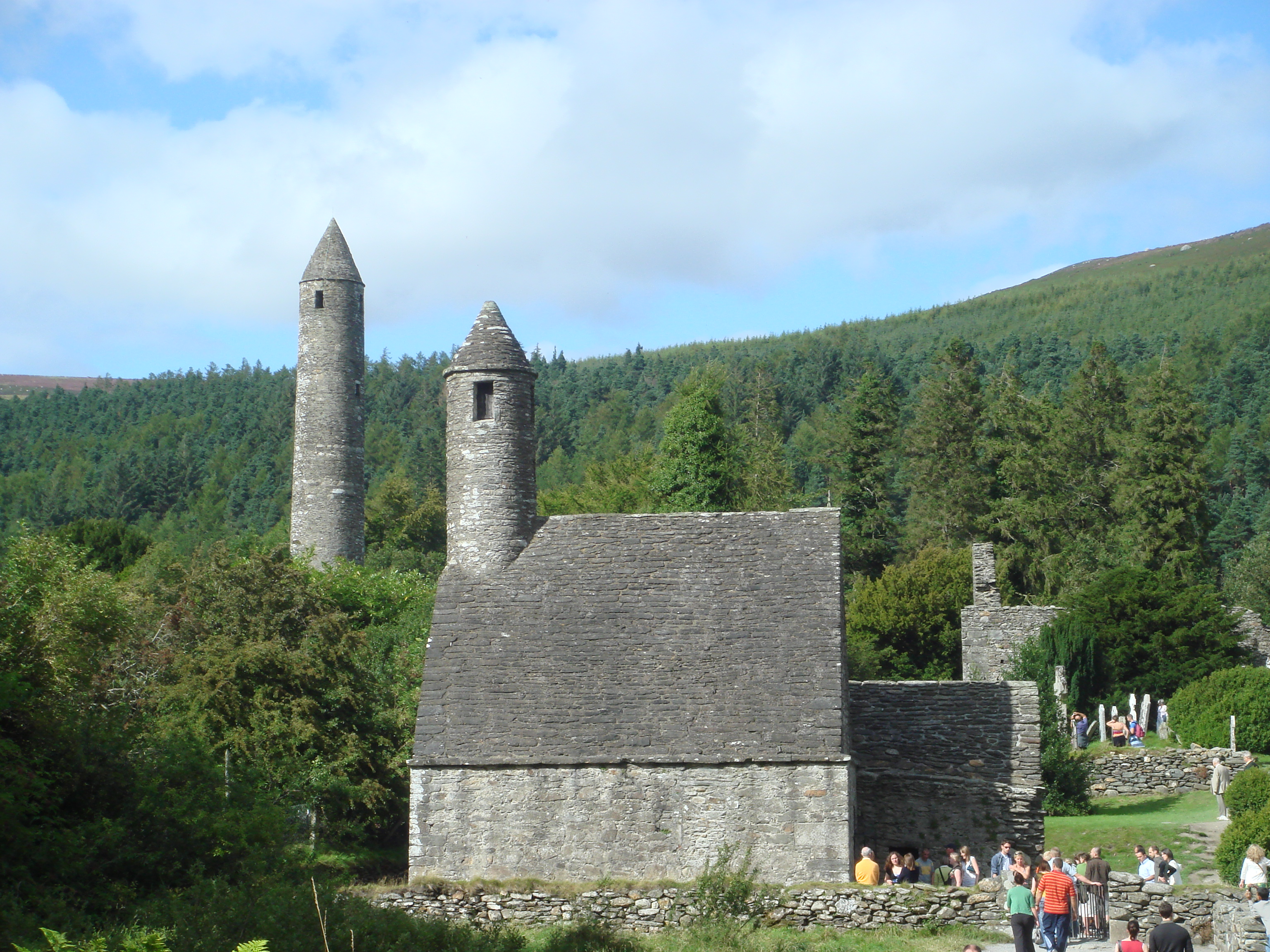|
Marian Przykucki
Archbishop Marian Przykucki (27 January 1924 – 16 October 2009) was the Polish Roman Catholic Metropolitan Archbishop of Szczecin-Kamień from 1992 until 1 May 1999. Background Born in Skoki in 1924, Marian Przykucki was ordained a parish priest on 19 February 1950, aged 26, in Poznań, Poland. On 12 December 1973, aged 49, he was appointed as Auxiliary Bishop of Poznań. On 3 February 1974 he was ordained as Titular Bishop of Glenndálocha. On 15 June 1981 he was appointed as Bishop of Roman Catholic Diocese of Chełmno (Culm) in which Kashubians live. He took care for the usage of Kashubian language Kashubian () or Cassubian (; ; ) is a West Slavic language belonging to the Lechitic subgroup.Stephen Barbour, Cathie Carmichael, ''Language and Nationalism in Europe'', Oxford University Press, 2000, p.199, In Poland, it has been an officia ... in liturgy. On 25 March 1992, aged 68, he was appointed Archbishop of Szczecin-Kamień, Poland. He retired on 1 May 1999. ... [...More Info...] [...Related Items...] OR: [Wikipedia] [Google] [Baidu] |
Pope John Paul II 11 06 1987 02edited
The pope is the bishop of Rome and the Head of the Church#Catholic Church, visible head of the worldwide Catholic Church. He is also known as the supreme pontiff, Roman pontiff, or sovereign pontiff. From the 8th century until 1870, the pope was the sovereign or head of state of the Papal States, and since 1929 of the much smaller Vatican City state. From a Catholic viewpoint, the primacy of the bishop of Rome is largely derived from his role as the apostolic successor to Saint Peter, to whom Petrine primacy, primacy was conferred by Jesus, who gave Peter the Keys of Heaven and the powers of "binding and loosing", naming him as the "rock" upon which the Church would be built. The current pope is Leo XIV, who was elected on 8 May 2025 on the second day of the 2025 papal conclave. Although his office is called the papacy, the ecclesiastical jurisdiction, jurisdiction of the episcopal see is called the Holy See. The word "see" comes from the Latin for 'seat' or 'chair' (, refe ... [...More Info...] [...Related Items...] OR: [Wikipedia] [Google] [Baidu] |
Kashubians
The Kashubians (; ; ), also known as Cassubians or Kashubs, are a Lechitic ( West Slavic) ethnic group native to the historical region of Pomerania, including its eastern part called Pomerelia, in north-central Poland. Their settlement area is referred to as Kashubia. They speak the Kashubian language, which is classified as a separate language closely related to Polish. The Kashubs are closely related to the Poles and sometimes classified as their subgroup. Moreover, the vast majority of Kashubians declare themselves as Poles and many of them have a Polish-Kashubian identity. The Kashubs are grouped with the Slovincians as Pomeranians. Similarly, the Slovincian (now extinct) and Kashubian languages are grouped as Pomeranian languages, with Slovincian (also known as Łeba Kashubian) either a distinct language closely related to Kashubian,Dicky Gilbers, John A. Nerbonne, J. Schaeken, ''Languages in Contact'', Rodopi, 2000, p. 329, or a Kashubian dialect.Christina Yurkiw Beth ... [...More Info...] [...Related Items...] OR: [Wikipedia] [Google] [Baidu] |
Commanders Crosses Of The Order Of Merit Of The Federal Republic Of Germany
Commander (commonly abbreviated as Cmdr.) is a common naval officer rank as well as a job title in many armies. Commander is also used as a rank or title in other formal organizations, including several police forces. In several countries, this naval rank is termed as a frigate captain. Commander is also a generic term for an officer commanding any armed forces unit, such as " platoon commander", "brigade commander" and " squadron commander". In the police, terms such as "borough commander" and "incident commander" are used. Commander as a naval and air force rank Commander is a rank used primarily in navies, and is very rarely used as a rank in armies. In most armies, the term "commander" is used as a job title. For example, in the US Army, an officer with the rank of captain ( NATO rank code OF-2) may hold the title of "company commander", whereas an officer with the rank of lieutenant colonel ( NATO rank code OF-4) typically holds the title of "battalion commander". ... [...More Info...] [...Related Items...] OR: [Wikipedia] [Google] [Baidu] |
Clergy From Szczecin
Clergy are formal leaders within established religions. Their roles and functions vary in different religious traditions, but usually involve presiding over specific rituals and teaching their religion's doctrines and practices. Some of the terms used for individual clergy are clergyman, clergywoman, clergyperson, churchman, cleric, ecclesiastic, and vicegerent while clerk in holy orders has a long history but is rarely used. In Christianity, the specific names and roles of the clergy vary by denomination and there is a wide range of formal and informal clergy positions, including deacons, elders, priests, bishops, cardinals, preachers, pastors, presbyters, ministers, and the pope. In Islam, a religious leader is often known formally or informally as an imam, caliph, qadi, mufti, sheikh, mullah, muezzin, and ulema. In the Jewish tradition, a religious leader is often a rabbi (teacher) or hazzan (cantor). Etymology The word ''cleric'' comes from the ecclesiastical Latin ''C ... [...More Info...] [...Related Items...] OR: [Wikipedia] [Google] [Baidu] |
2009 Deaths
This is a list of lists of deaths of notable people, organized by year. New deaths articles are added to their respective month (e.g., Deaths in ) and then linked below. 2025 2024 2023 2022 2021 2020 2019 2018 2017 2016 2015 2014 2013 2012 2011 2010 2009 2008 2007 2006 2005 2004 2003 2002 2001 2000 1999 1998 1997 1996 1995 1994 1993 1992 1991 1990 1989 1988 1987 1986 Earlier years ''Deaths in years earlier than this can usually be found in the main articles of the years.'' See also * Lists of deaths by day * Deaths by year (category) {{DEFAULTSORT:deaths by year ... [...More Info...] [...Related Items...] OR: [Wikipedia] [Google] [Baidu] |
1924 Births
Events January * January 12 – Gopinath Saha shoots Ernest Day, whom he has mistaken for Sir Charles Tegart, the police commissioner of Calcutta, and is arrested soon after. * January 20–January 30, 30 – Kuomintang in China holds its 1st National Congress of the Kuomintang, first National Congress, initiating a policy of alliance with the Soviet Union and the Chinese Communist Party. * January 21 – Alexander Cambridge, 1st Earl of Athlone, The Earl of Athlone is appointed Governor-General of the Union of South Africa, and High Commissioner for Southern Africa.Archontology.org: A Guide for Study of Historical Offices: South Africa: Governors-General: 1910-1961 (Accessed on 14 April 2017) * January 22 – R ... [...More Info...] [...Related Items...] OR: [Wikipedia] [Google] [Baidu] |
Kashubian Language
Kashubian () or Cassubian (; ; ) is a West Slavic language belonging to the Lechitic subgroup.Stephen Barbour, Cathie Carmichael, ''Language and Nationalism in Europe'', Oxford University Press, 2000, p.199, In Poland, it has been an officially recognized ethnic-minority language since 2005. Approximately 87,600 people use mainly Kashubian at home. It is the only remnant of the Pomeranian language. It is close to standard Polish with influence from Low German and the extinct Polabian (West Slavic) and Old Prussian (West Baltic) languages. The Kashubian language exists in two different forms: vernacular dialects used in rural areas, and literary variants used in education. Origin Kashubian is assumed to have evolved from the language spoken by some tribes of Pomeranians called Kashubians, in the region of Pomerania, on the southern coast of the Baltic Sea between the Vistula and Oder rivers. It first began to evolve separately in the period from the thirteenth to the f ... [...More Info...] [...Related Items...] OR: [Wikipedia] [Google] [Baidu] |
Roman Catholic Diocese Of Chełmno
The Diocese of Chełmno (; ) was a Catholic diocese in Chełmno Land, founded in 1243 and disbanded in 1992."Diocese of Pelplin" ''''. David M. Cheney. Retrieved February 29, 2016"Diocese of Pelplin" ''GCatholic.org''. Gabriel Chow. Retrieved February 29, 2016 History * It was founded in 1243 by the |
Archbishop
In Christian denominations, an archbishop is a bishop of higher rank or office. In most cases, such as the Catholic Church, there are many archbishops who either have jurisdiction over an ecclesiastical province in addition to their own archdiocese ( with some exceptions), or are otherwise granted a titular archbishopric. In others, such as the Lutheran Church of Sweden, the title is only borne by the leader of the denomination. Etymology The word ''archbishop'' () comes via the Latin . This in turn comes from the Greek , which has as components the etymons -, meaning 'chief', , 'over', and , 'guardian, watcher'. Early history The earliest appearance of neither the title nor the role can be traced. The title of "metropolitan" was apparently well known by the 4th century, when there are references in the canons of the First Council of Nicæa of 325 and Council of Antioch of 341, though the term seems to be used generally for all higher ranks of bishop, including patriarc ... [...More Info...] [...Related Items...] OR: [Wikipedia] [Google] [Baidu] |
Glenndálocha
The Bishop of Glendalough () is an episcopal title in the Church of Ireland, which takes its name after the monastery at Glendalough in County Wicklow, Ireland. An Irish version of the place name, ''Glenndálocha'', is now used for a titular see in the Roman Catholic Church. History The diocese of Glendalough was one of the dioceses established at the Synod of Rathbreasail, held in 1111. After the death of Bishop William Piro and the failed effort to get possession of the see by Bishop-elect Robert de Bedford, the dioceses of Glendalough and Dublin were united in 1214. The union of the two was confirmed by Pope Innocent III on 25 February 1216, and confirmed again by Pope Honorius III on 6 October 1216. During the late fifteenth and early sixteenth centuries, a number of titular bishops were appointed, but none of them had effective possession of the see. After the Reformation in Ireland, the title ''Bishop of Glendalough'' was dropped by the Roman Catholic archbishops of Dublin ... [...More Info...] [...Related Items...] OR: [Wikipedia] [Google] [Baidu] |








